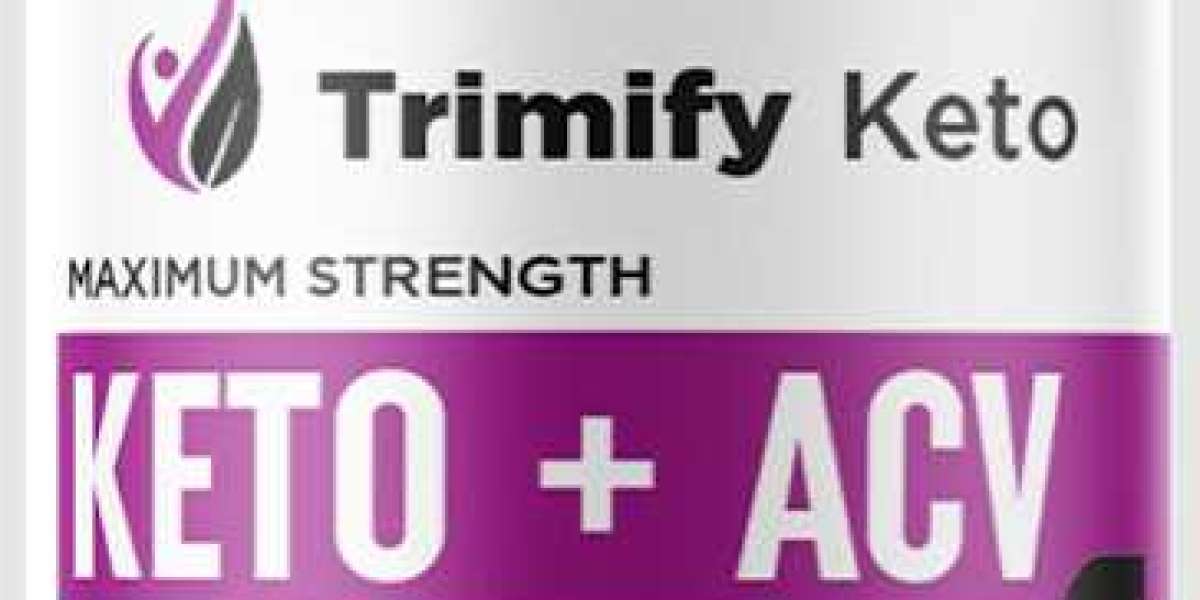When a mortgage term ends or financial needs change, homeowners face two key options: renewing or refinancing their mortgage. Renewal means continuing with the current loan, often with updated terms, while refinancing involves replacing the existing mortgage, potentially accessing home equity or securing better rates. Understanding the difference between renewal and refinance is essential to choosing the option that aligns best with one's financial goals.
Deciding whether to renew or refinance depends on factors like interest rates, borrowing needs, and long-term plans. Renewal offers simplicity and continuity, whereas refinancing can provide flexibility for debt consolidation or home renovations. Both impact future financial stability but serve distinct purposes.
Knowing when and why to choose one option over the other can save money and better support a homeowner’s financial future. This guide explores the key distinctions and offers insight to help make an informed decision.
Understanding Renewal Mortgage and Refinance Mortgage
A renewal mortgage happens at the end of a mortgage term, allowing borrowers to either keep their current loan conditions or negotiate new ones. Refinancing can occur anytime during the mortgage term and usually involves replacing the current mortgage with a new loan, often for different terms or lenders.
Definition and Key Differences
A mortgage renewal is the process that occurs when the original mortgage term expires, typically every 1 to 5 years. The borrower can renew with the current lender under existing terms or negotiate updated conditions. It is a standard step in the mortgage lifecycle.
A mortgage refinance replaces the existing mortgage with a new loan before or after the term ends. This process allows borrowers to change interest rates, loan amounts, amortization periods, or access home equity. Refinancing can also switch lenders or consolidate debts.
The key differences include timing—renewals happen at term end, refinancing can happen anytime—and purpose. Renewals are routine, while refinancing is often a strategic financial decision.
Benefits and Drawbacks of Each Option
Renewals offer simplicity and continuity, often without extra fees. They allow borrowers to renegotiate terms based on current market rates. However, options might be limited if the current lender has restrictive policies or higher rates.
Refinancing offers more flexibility to change loan conditions, access equity, or reduce monthly payments. It may involve penalties like prepayment fees or appraisal costs. Refinancing can incur higher closing costs but can save money if new terms are significantly better.
Borrowers should weigh the costs against potential savings when choosing refinancing over renewal.
Eligibility Criteria and Requirements
To renew a mortgage, the borrower must simply complete the term of the current loan. Credit checks and income verification are usually minimal because the lender already holds the mortgage.
Refinancing requires a full application like a new mortgage, including credit assessments, income verification, and property appraisal. Lenders will review the borrower’s financial situation and may require that the property's value supports the new loan amount.
Eligibility for refinancing depends on credit scores, debt levels, and home equity, while renewal generally requires no additional qualifications beyond term completion.
Choosing Between Renewal and Refinance for Your Mortgage
Deciding whether to renew or refinance a mortgage depends on various factors like current interest rates, financial goals, and associated costs. Each option affects terms differently and has specific implications on savings and fees.
When to Renew vs When to Refinance
Renewing is most suitable when the current mortgage term is ending and the borrower is satisfied with the lender and terms. It typically involves a simpler process with the existing lender and avoids much of the paperwork involved in refinancing.
Refinancing is advisable if interest rates have dropped significantly or financial circumstances have changed. It allows borrowers to switch lenders, adjust loan terms, or borrow additional funds, which can help manage payments or access equity.
Impact on Interest Rates and Terms
Renewal generally offers interest rates and terms aligned closely with the original mortgage, adjusted for current market conditions. The process is straightforward and often quicker because it maintains the existing contract’s framework.
Refinancing replaces the original mortgage with a new contract, often with different interest rates and term lengths. This can lead to more favorable rates or longer amortization but may also involve resetting the amortization period, potentially extending the total interest paid.
Costs and Potential Savings
Renewal costs are minimal, usually limited to administrative fees or minor adjustments. Because it does not require extensive legal work, it is less expensive upfront.
Refinancing often incurs higher costs, including legal fees, appraisal fees, and sometimes penalties for breaking the current mortgage early. However, these costs may be offset by lower interest rates or better terms that reduce monthly payments or total interest over time.
Aspect | Renewal | Refinance |
Process | Simple, with the same lender | Complex, may involve a new lender |
Interest Rates | Adjusted from original contract | Potentially lower or different |
Costs | Low, minimal fees | Higher, includes legal and appraisal fees |
Terms | Similar to original | Can be changed significantly |






